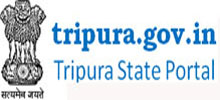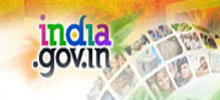Integrated child development services
Currently no latest ICDS are available, to view archive ICDS please click on the link given below
Back to previous page
|
Page Last updated date : 31-10-2025 12:09 pm








